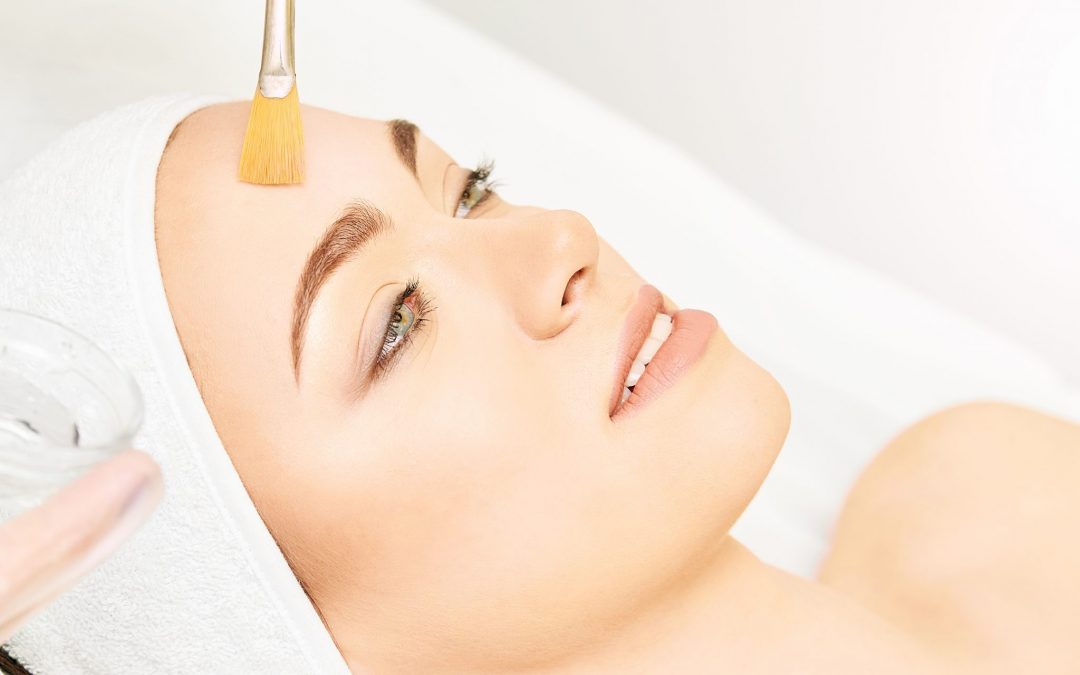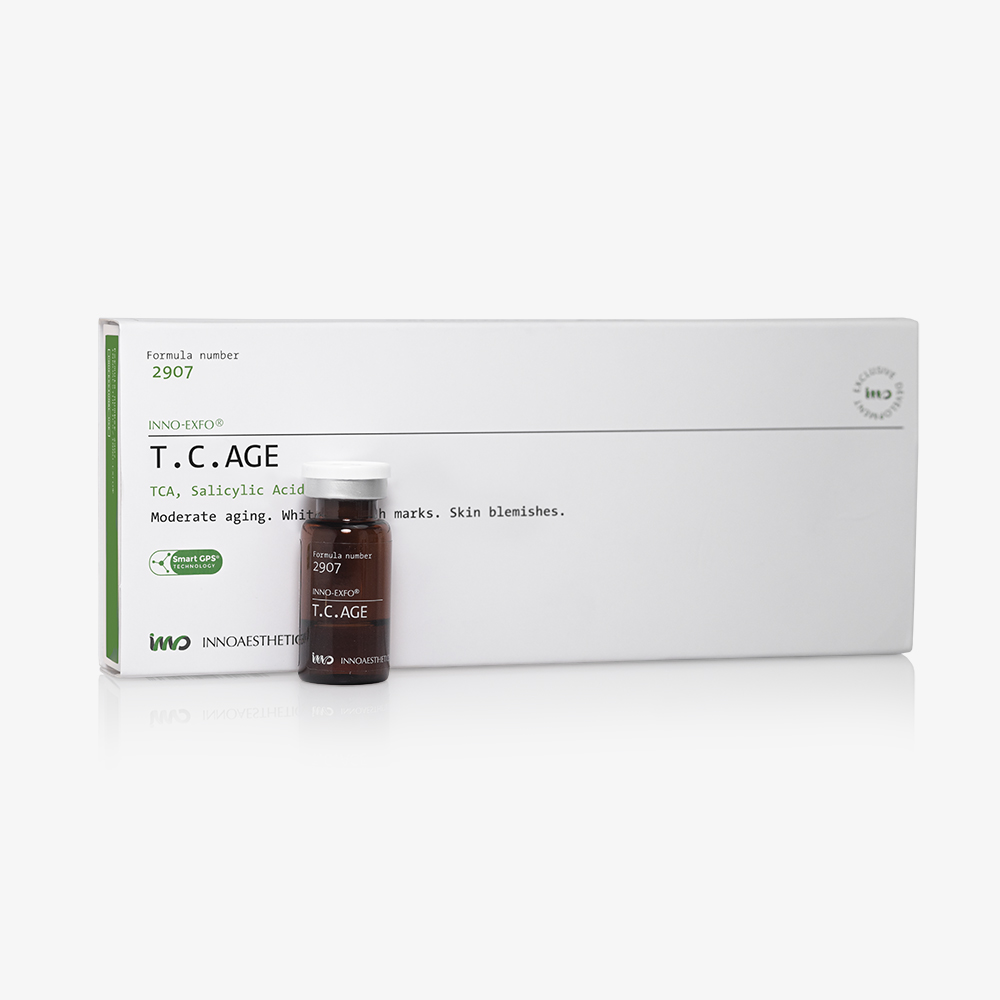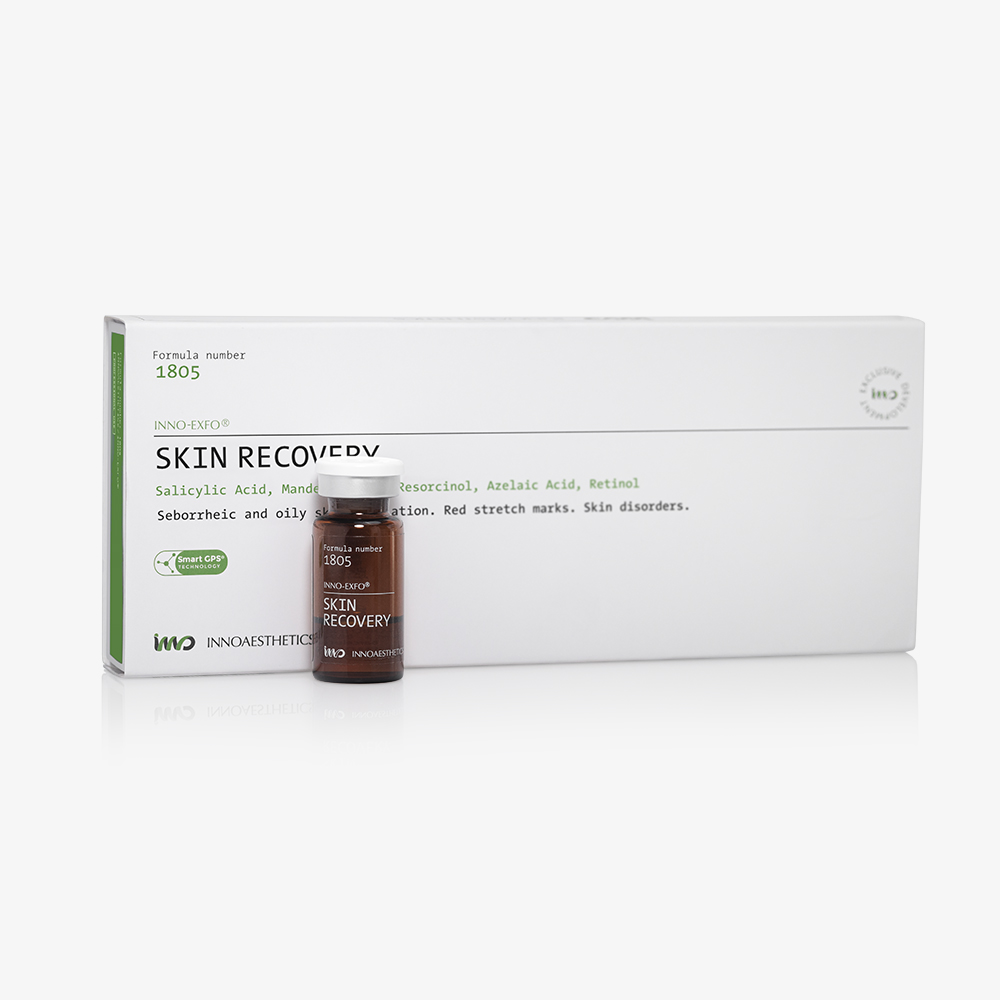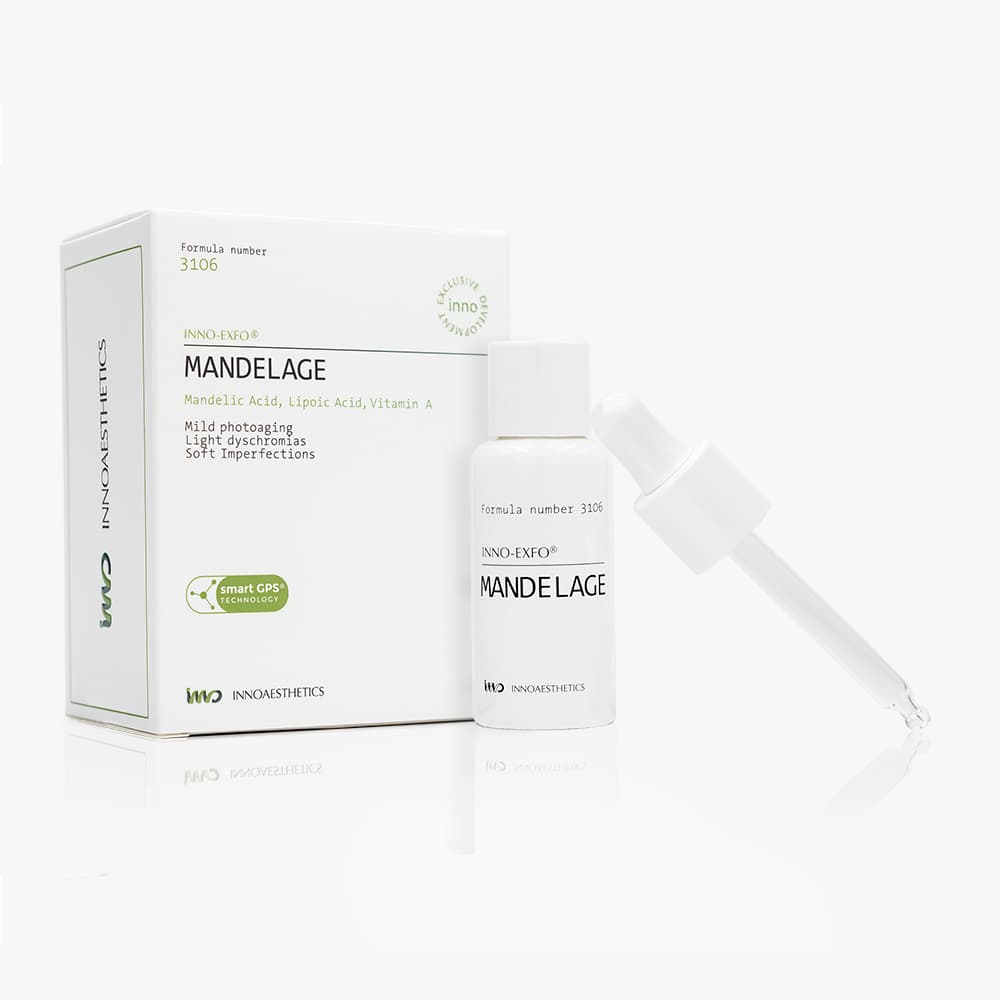The benefits of a chemical peel are endless. Spring is a great season to perform a chemical peel for two main reasons: first, because it is the last call before the sun is too strong; second, it allows you to show off an even complexion and flawless skin throughout the whole summer.
However, it is very important to choose the right one for you according to your skin type and sensitivity.
PEEL DEGREE
Chemical peels can reach different depths. The degree or depth of the peel will be determined by the professional who will consider several factors like the concern to treat, the skin type and tolerance, as well as the season of the year or risk to sun exposure. The deeper the peel gets, the longer the recovery time.
-
LIGHT CHEMICAL PEELS
Only remove the outer layer of the skin and are generally used to improve skin moisture, elasticity, and complexion. They can blur fine lines and fade dark patches or pigmentation problems of different kinds. These soft peels are painless and usually need from 0 to 2 days recovery time. Try to avoid sun exposure as much as you can at least the first or two weeks after the peel, and wear sunscreen when going out.
-
MEDIUM CHEMICAL PEELS
They remove the epidermis (outermost layer) and cells from the papillary dermis which is the uppermost part of the dermis (middle layer of the skin). Reaching this depth allows the acids and active ingredients of these peels to reduce wrinkles, sings of photoaging, red stretch marks, and superficial scars. They are also used for regulating sebaceous secretion, improving and preventing acne. Usually, these peels generate mild stinging sensation. They need from 2 to 5 days recovery time, and sun exposure must be avoided 15 days before the peel and at least 3 weeks or 1 month after it – your skin expert will give you more specific directions about this considering the peel used and your skin characteristics.
-
DEEP CHEMICAL PEELS
These are more serious procedures that reach deeper layers of the skin to treat deep wrinkles, UV-induced skin damage, scars, or acne, among others. These procedures are effective and long-lasting, but they can be painful and need recovery time. Most people feel a burning sensation when applied. They leave the skin red and inflamed for a few days and the skin will peel off completely before the dermis slowly recovers and regenerates. The patient must be serious about the recovery, follow all the directions given by the doctor, and avoid sun exposure for at least 3 months. We do not recommend performing deep peels in spring nor summer, nor if you live in a geographic area in which avoiding the sun is improvable.
WHAT ARE THE MOST COMMON CONCERS TO TREAT WITH A CHEMICAL PEEL?
We can also classify different types of chemical peels according to their purposes.
However, most chemical peels can treat more than one concern, as their mechanisms of action involve cell turnover and skin regeneration, promoting the restauration of the skin to a former and healthier condition.
Here are the most common concerns to improve thanks to the benefits of a chemical peel.
-
SKIN AGING AND PHOTOAGING
As explained in an older entry, Chemical Peels For Skin Rejuvenation, these peels are designed to improve and prevent the signs of aging, enhance elasticity and firmness. They visibly improve the condition and complexion of the skin, also blurring fine lines and wrinkles. They can go from light to deep, depending on the acids included in the formula and their concentrations. Your skin expert will recommend you which one is the right for you and give you all the directions about the recovery, precautions, and outcome expectations.
-
RESTORING MOISTURE LEVELS
Combining certain acids with moisturizing ingredients can restore the skin moisture levels, enhancing hydration for dry and flaky skin and regulating the excess of sebum in seborrheic areas.
-
EVENING THE SKIN TONE AND ENHANCING GLOW
Chemical peels are extremely popular for treating hyperpigmentation, or uneven skin tone in general. As a chemical peel leads to skin renewal, the new skin looks more even and radiant. Some peels are specially designed to remove dark patches and improve your complexion.
-
OILY AND ACNE PRONE SKIN
By removing the upper layer of the skin and working from the top of the dermis, peels designed to treat the excess of sebum and acne can effectively deliver specific ingredients to purify the skin, eliminate bacteria and regulate the production of sebum in the sebaceous glands. Some of the most common ingredients in peels for acne are MCA and Mandelic Acid. Nevertheless, keep in mind that controlling acne involves a follow-up at home due to its resilience.





